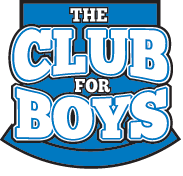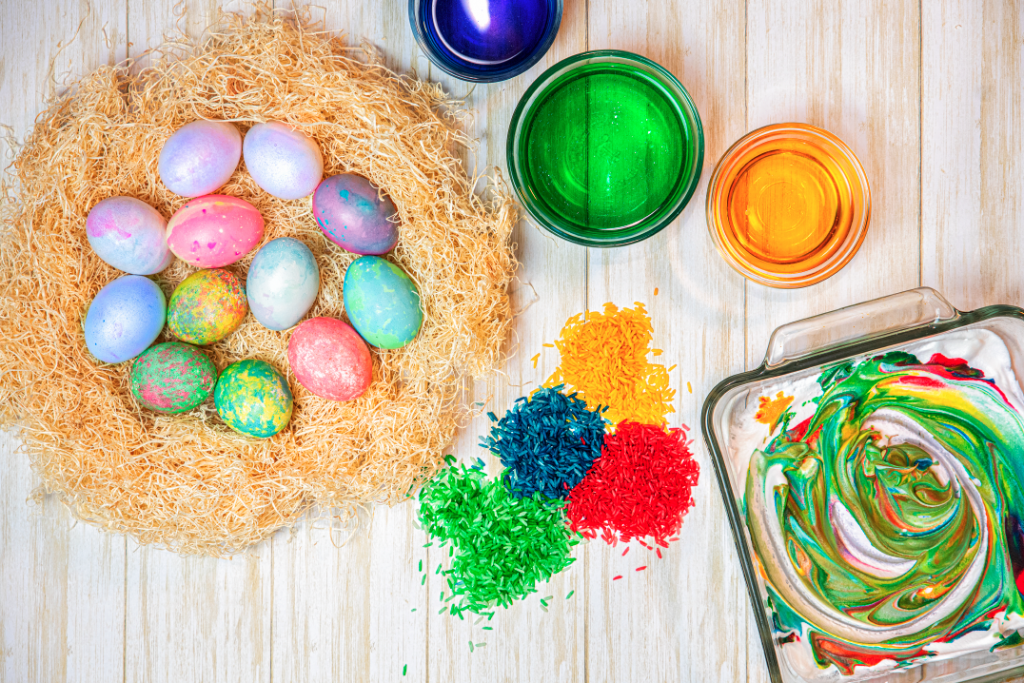Love the tradition of dying Easter eggs but don’t want to deal with the mess? Check out these alternate ways to dye them that are fun for kids of all ages!
Rice shaker bags
Materials:
- Hard-boiled eggs
- Food coloring
- Rice
- Ziploc bags
Method:
- Put a cup of rice in a bag with 9-10 drops of food coloring
- Place your egg in the bag and seal tightly. Roll the egg in the rice until it has as much color as you want
- Remove the egg from the bag. You can leave it as it is, or try placing it in another color
Bonus: Once the rice dries, you can use it for spring-inspired art projects, or use it as filler for a colorful sensory bin!
Cool Whip dying
Materials:
- Hard-boiled eggs
- Food coloring
- Cool whip
- Cookie sheet or baking dish
Method:
- Spoon Cool Whip into your dish and spread out until it’s about an inch thick
- Add food coloring and gently swirl
- Place eggs in Cool Whip, making sure they’re completely covered. Feel free to roll them around a bit if you want
- Put your dish in the fridge and wait for 30 minutes
- Remove eggs from the Cool Whip and gently rinse, then allow them to air dry
Tip: you can also use shaving cream, but using Cool Whip makes it edible (and safer for younger kids who might eat it anyway)
Oil and water science experiment
Materials:
- Hard-boiled eggs
- Oil (any cooking oil will work)
- Vinegar
- Food coloring
- Hot water
- Plastic Cups
- Small Bowls
Method:
- Place 1 cup of hot water and 1 tsp of vinegar in each of your cups. Add a different color of food coloring to each cup, about 3-4 drops each
- Pour about 1 inch of water into each bowl and 1 Tbsp of oil. Add a different color of food coloring to each cup, about 8-9 drops each
- Put an egg in a cup of vinegar water for 3 minutes. Move it to a bowl of oil with a different color for 3 minutes, and then turn it over and leave for another 3 minutes.
- Remove egg from the bowl and allow to dry
Tip: Explain to your kids how oil is what’s called hydrophobic, or “water fearing.” Instead of being attracted to water molecules, oil molecules are repelled by them, which is what gives these eggs their fun splattered appearance during this dying process.

Proudly sponsored by the Club for Boys in Rapid City, a consistent and positive influence in the life of local boys since 1963. Learn more about their programs at theclubforboys.org.

